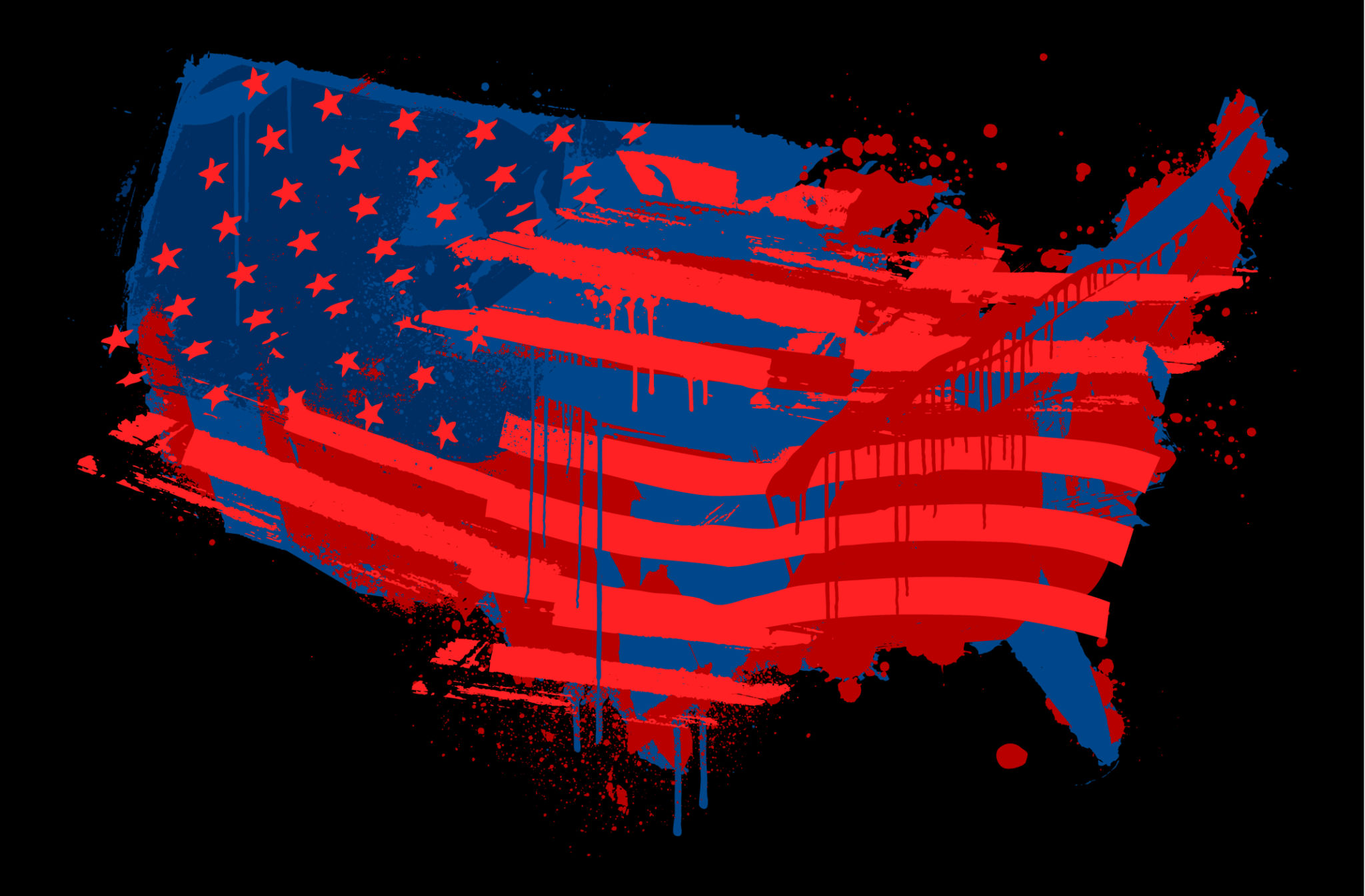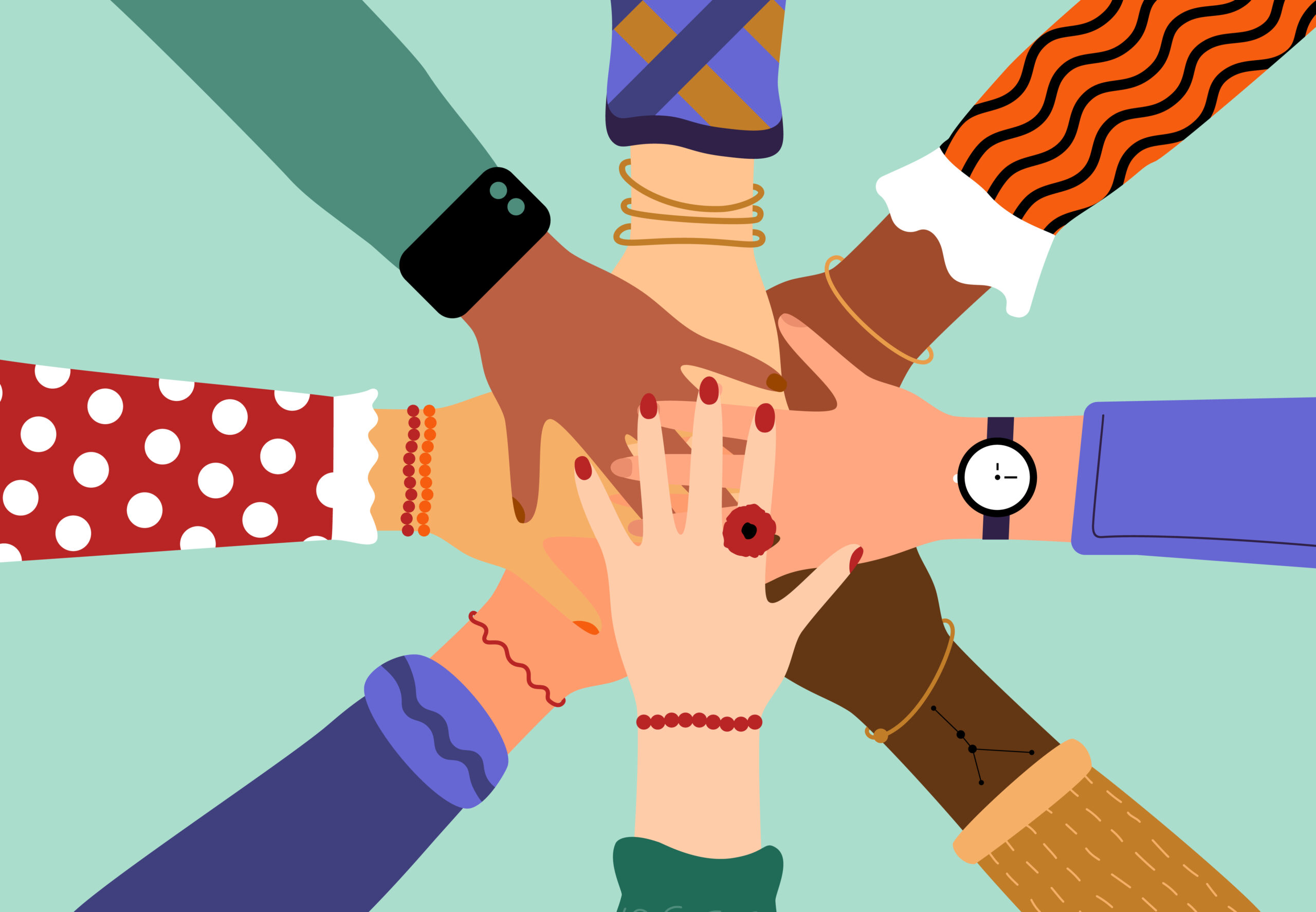Tag: Education

Good vs. Toxic Polarization: Insights from Activists and Peacebuilders
Polarizing narratives are key tools of nonviolent mobilization and social justice activism. But today, deep-seated polarization, exacerbated by a growing faction that rejects basic democratic norms and practices, threatens the...

MAPPING THE ECOSYSTEM OF SOCIAL CHANGE
This overview was created after a convening of organizations and networks who are endeavoring to map the larger “ecosystem of social change,” including social justice, bridge-building, and democracy organizations, practitioners,...

Watching the January 6th Hearings through the Lens of both Accountability and Healing
*This article was written by Chief Network Weaver Julia Roig and was first published on The Fulcrum. “How did we get to this point?” was how the third day of the January...

Facilitating and Training in Cross-Sector Movements: Turbo-Charging Efforts for Coordination and Collaboration
On September 14, 2022, The Horizons Project hosted a webinar to bring together movement trainers, facilitators, and organizers to discuss the current state of movement-building support in the US and...
